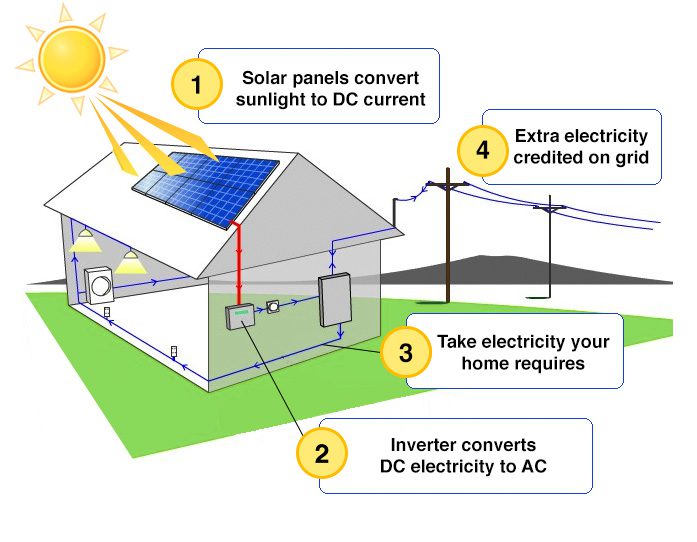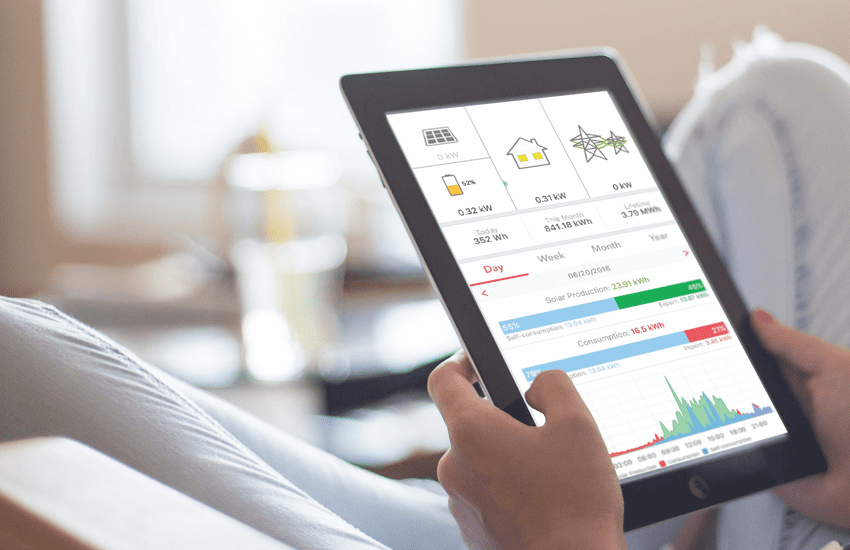Powered By The Sun
Solar power is harnessed from the sun's abundant energy through photovoltaic (PV) panels. These panels contain cells that convert sunlight into electricity. When sunlight hits the PV cells, it creates a flow of electrons, generating direct current (DC) electricity. An inverter then converts DC electricity into alternating current (AC) electricity, which can power your home or be sent back to the grid. The process is clean, sustainable, and offers a renewable source of energy, reducing both electricity bills and environmental impact.


Optimising Your Solar Investment
Optimising solar impact is key to reaping its benefits. SunWorks places a strong emphasis on energy management within a property. The return on investment with solar depends on when and how owners use energy. Even without solar, energy reduction is crucial as the energy future of the Channel Islands becomes less certain. SunWorks installations provide the tools for informed energy choices, featuring energy consumption monitoring for a comprehensive view of a property's energy use.
Enhancing Self-Consumption
Self-consumption refers to the portion of generated solar electricity used onsite. The higher the self-consumption, the better the savings, as offsetting purchased electricity is more cost-effective than exporting solar power.

SunWorks offers several methods to boost self-consumption:
- Promoting Energy-Efficient Habits: Encouraging the adoption of energy-saving habits that align with solar power usage.
- Automation: Automating appliances to utilize solar power when available, eliminating the need for manual intervention. This is often linked to Electric Vehicle Charging and Solar Hot Water.
- Battery Storage: Once energy habits are adapted and automation is fine-tuned, battery storage systems come into play to fill in gaps, ensuring maximum energy utilisation during periods of low solar generation. Batteries can also provide valuable backup power during outages.
